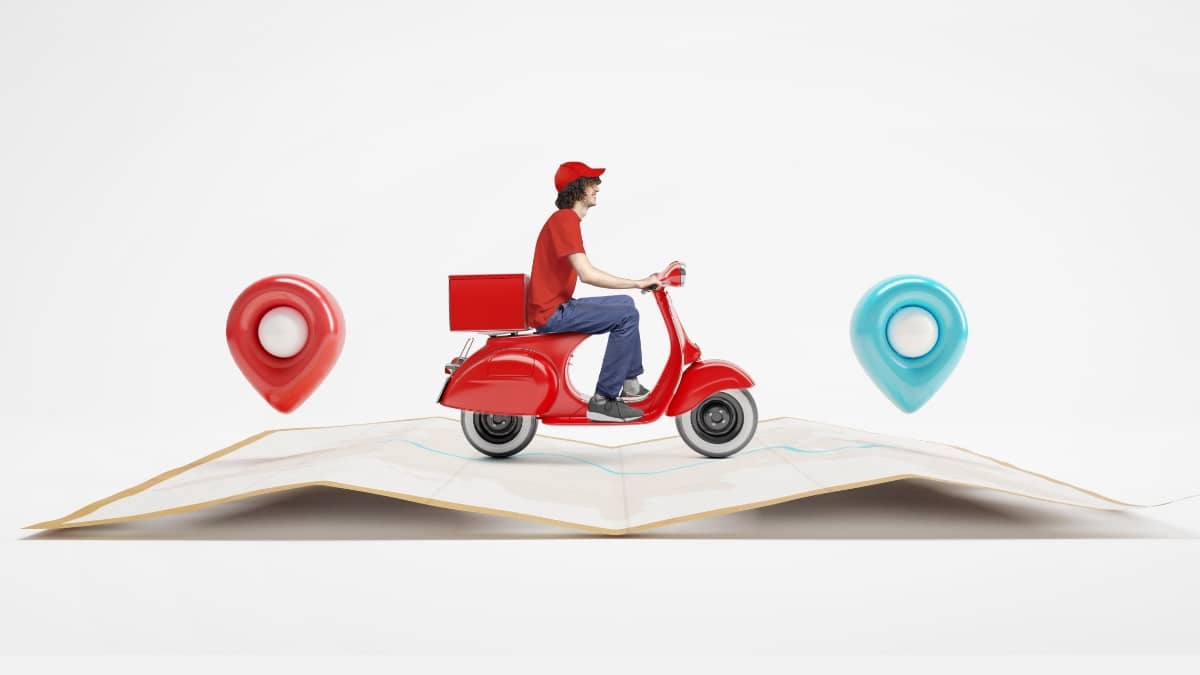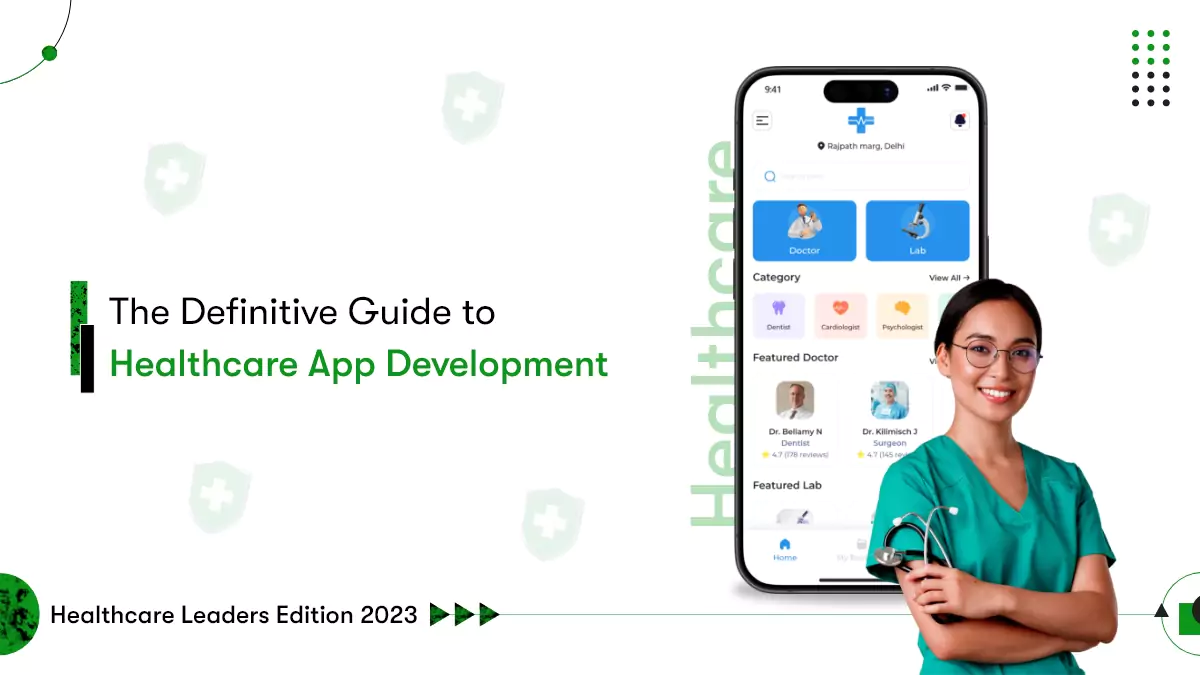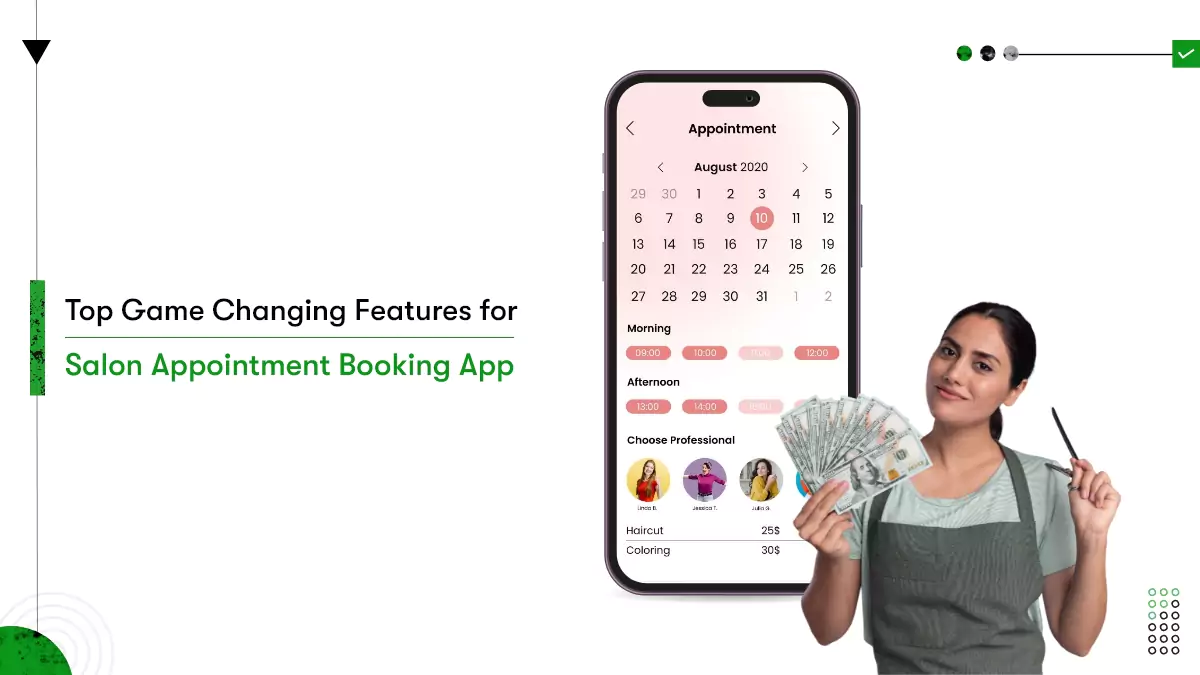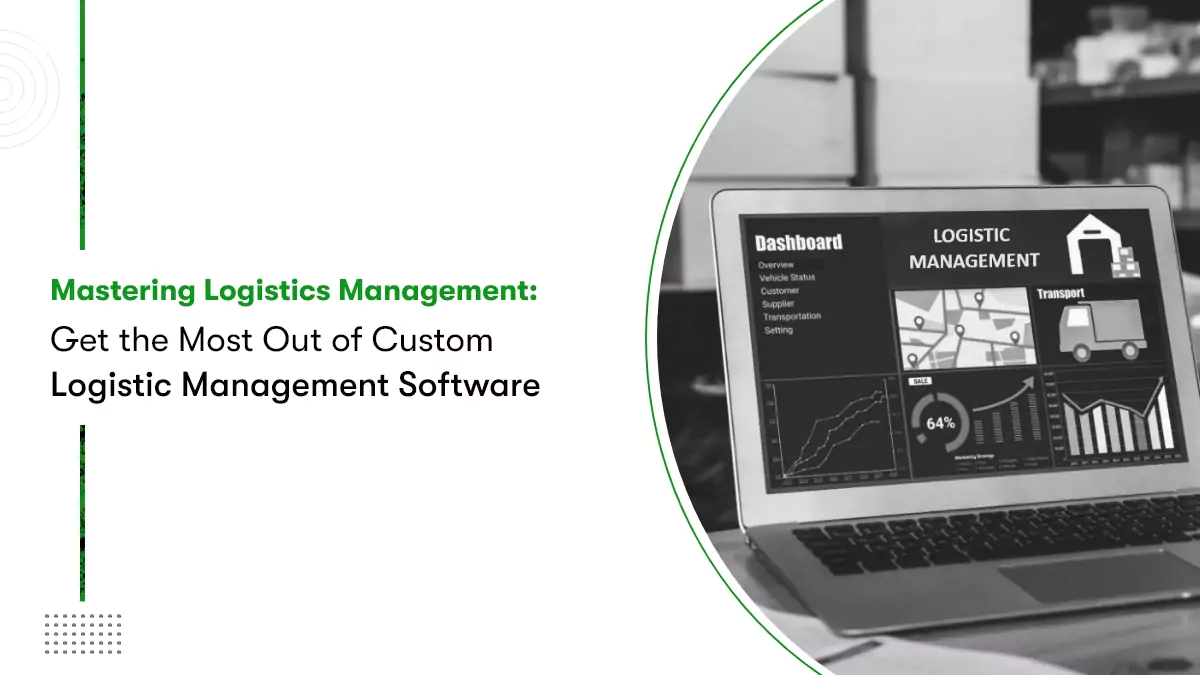The easiest way to get things delivered within the shortest time frame is to purchase them from a local vendor and deliver it to the customer. This shopping idea makes it possible for the app owners to keep up with the trend of delivering items either within one hour, same day, one day, or next day delivery. Therefore, many startups adopt the same idea of doing business, and Postmates is one such entity that gained maximum rewards. It has disrupted the on-demand delivery market by adopting hyperlocal delivery app development models.
As the name suggests, “hyperlocal” means delivery of food, groceries, laundry, medicine, etc., from a local vendor to the local customer instantly. The vendor and the user are located in the same geographical area and their needs are instantly met. The digital platform behaves almost similar to any eCommerce platform, the app receives the orders, processes them, and connects them with the local dairies, food chains, or any other vendors. Once the order is confirmed, an update is sent to the customer and the item is delivered by the delivery executive. In simple words, it is a scalable app solution that facilitates the swift delivery of items.
In this article, we would be discussing the importance of hyperlocal delivery mobile app development, its functioning, features, and business model. I am sure this will be the only guide you will refer to for developing a hyperlocal delivery app for your business. Let’s start the blog by listing the benefits.
Advantages of Hyperlocal Delivery App Development:
Support to local economies:
There has been a major hit to the global economies due to the COVID 19 lockdown. Because of that, it seems the need of the hour to give our local vendors a boost by allowing them to sell their products locally.
The hyperlocal model supports rebuilding the economy by selling vegetables, fruits, groceries, etc. from the local vendors.
Develop a transparent eCommerce system:
When you develop a hyperlocal delivery app, you ensure that there are no hidden charges with the orders placed. All the operations from order receipt to shipment remain transparent, which helps you build trust amongst your customers.
Maintaining social distance:
The year 2020 was quite different. It brought a major shift in the way people shop for daily items. Social distancing became the new normal, and people refrain from visiting grocery stores. Consequently, they prefer to make an online purchase. Hyperlocal delivery app development allows them to practice social distancing and yet have their groceries at the doorstep instantly.
Better quality and shorter delivery time:
Since you will be delivering the food and groceries from the local area, you can guarantee that the product’s quality is not hampered. You can have the shortest delivery time and also have fewer carbon emissions into the environment.
Allows you to offer seasonally tailored menus:
There are many food items/products that are seasonally grown in a particular region only. You can take advantage of this locally grown item and deliver it fresh to the customers.
Shop directly from the service providers:
Hyperlocal delivery app models support the service providers or, service producers, or vendors to a great extent. The role of intermediaries is eliminated, and the customer directly deals with the service provider.
Hence, the service provider or the vendor gets the exact share s/he deserves for the services.
Easy management of the errands:
When you develop a hyperlocal delivery app, you have everything available on your smartphone. You can manage customers or manage inventory with minimum efforts yet get maximum conversions. Thus, you can complete all your errands with just a few taps on the mobile phones.
It extends support to the local businesses:
Due to globalization, customer’s embraced their reach to global services. This has severely affected the businesses of the local vendors. They were majorly hit in terms of business and scaling by the globalization trend. However, creating on-demand hyperlocal delivery apps will rejuvenate the spirits of local service providers.
What are the available business models for making a hyperlocal delivery app?
The hyperlocal delivery market is often referred to as the new age commerce and functions almost similar to the eCommerce application. Furthermore, there are three models that you can adopt for starting your hyperlocal delivery app development.
Inventory-led model:
In this business model, you gather the products/services from various vendors and create an inventory of your own. The customer places the order using the app; you process it, assign a delivery person, and receive it. In this inventory-led model, you play a major role in keeping track of the orders and inventory management.
The initial cost of setting up the inventory and scaling up the business might seem difficult, but this model lets you function seamlessly to provide an extraordinary shopping experience.
Aggregator model:
Another scalable business model is the aggregator model, where you provide a platform for the service providers and customers to connect. It is a very scalable business model where you are not responsible for managing any inventory. However, since you do not manage the products, you can not be sure of the product/service quality.
Hybrid model:
If you are planning to build a hyperlocal delivery app for your business, a hybrid model is a suitable option to start with. It is the combination of both the inventory-led model as well as the aggregator model. By adopting this business model, it becomes quite flexible for you to do business and manage supplies.
Who is the target audience for hyperlocal delivery app development?
Defining the target audience for your hyperlocal app doesn’t involve much brainstorming. The local geographical area you plan to serve in becomes your target region. Likewise, the people living in that area become your target audience.
However, what matters next in this definition is your target audience spending patterns, income, preferred shopping time, number of hours they spend behind shopping, devices they use, and the technology they are used to.
What features you should include in the hyperlocal delivery app development?
Once you decide on your service niche and the working business model, it is time to look into the features list. You should sit with your prospective hyperlocal delivery app development company and discuss your project commercials. In the below section, we would be describing the list of features in general that you should include in your app idea. You can contact us to learn more about the features in detail or to bring variation in the features. We follow a well-defined mobile app development process that gives equal importance to Lean Canvassing, PRD preparation, Technology Stack selection, and UI/UX design. At Kody, we offer a one-stop solution that will serve best in your interest.
Features required are:
- Signup/Login;
- Filter based on location;
- Filter for services/products;
- GPS location;
- Delivery slot selection;
- Tip on delivery;
- Fast shipping method;
- View orders;
- View Analytics;
- Product/Order management;
- New-seller on-boarding;
- Live chat with the delivery executive;
- Order history;
- Push notifications;
- Order tracking;
- Payment gateway integration;
- Feedback’s & Ratings;
- Customer Relationship Management;
- Rewards or loyalty points;
- Mobile wallet cash;
- Refunds;
- Repeat Order;
- Report Issue;
Hyperlocal Mobile App Development Approach
Hundreds of different smartphone brands/models with various configurations, specifications, and screen sizes are available today. And your target audience could be using any of those. Owing to that, your first step towards the app development process is to decide whether you should develop a native, hybrid, or web app. Because your decision will affect the selection of the mobile app development framework as well as the development cost.
So, let us see what are approaches you can choose from:
Native app development:
Native apps are the ones you develop for a specific mobile operating system. For example, iOS apps only run and work on iPhones, iPads, and other Apple devices only. On the other hand, an Android app only works on Android smartphones and devices. In that case, it will cost you more (if you target iOS and Android platforms) as you need to develop two different apps for two platforms.
Hybrid/Cross-platform app development:
Alternative to the native approach, there is cross-platform app development. This approach not only saves you money but also accelerates your app’s time to market. The reason behind this is cross-platform app development frameworks and SDKs allow you to write reusable source code. A reusable codebase means you can use the same codebase to develop Android and iOS apps.
Native and Cross-platform app development approaches have their own pros and cons which you must check out before deciding anything.
What is the cost to develop a hyperlocal delivery app?
Hyperlocal delivery app development cost is very affordable. It is a cost-effective solution that can gain you maximum benefits. If we were to give you an estimate, then it would cost you around $15K to $30K for app development. However, you can have your more accurate figure from the hired mobile app developers or the company you are planning to work with.
Because there are various other factors like platform selection, location of your development partner, number of hours, technology stack selection, features, UI/UX designing, and more highly affect the final cost of app development.
Therefore, discuss your budget constraints with your partner and decide what all things they can accommodate in your application.
Summing up:
It’s not the time to wait and watch, but it’s the time to kickstart your hyperlocal business and reach out to your prospective customers. Near-me searches became the new google search term, and so it is high time to include that in your application’s functioning. Are you ready to embrace hyperlocal marketing apps’ essence and take your business to the next level? Connect with us to discuss your project more.











 Contact Information
Contact Information